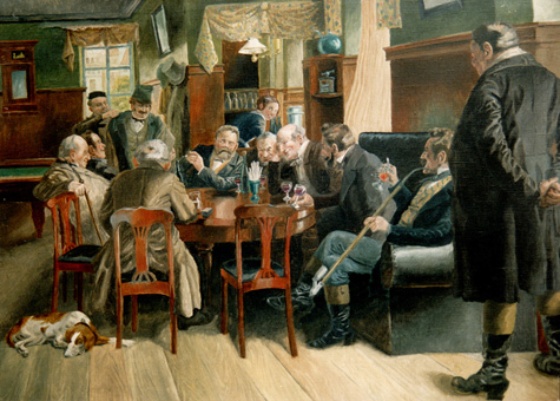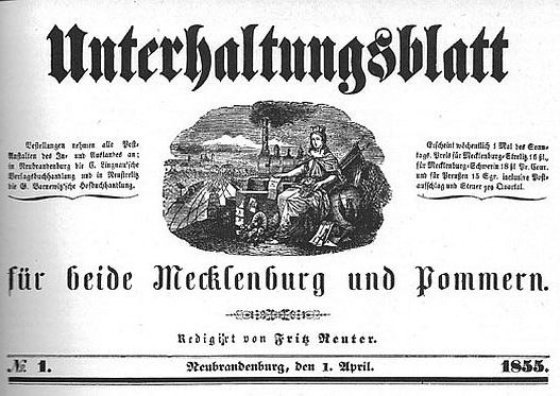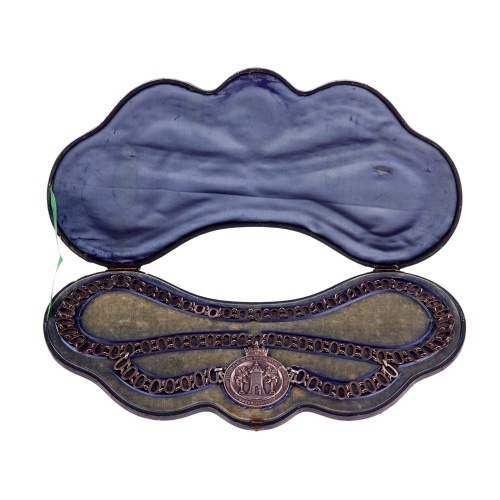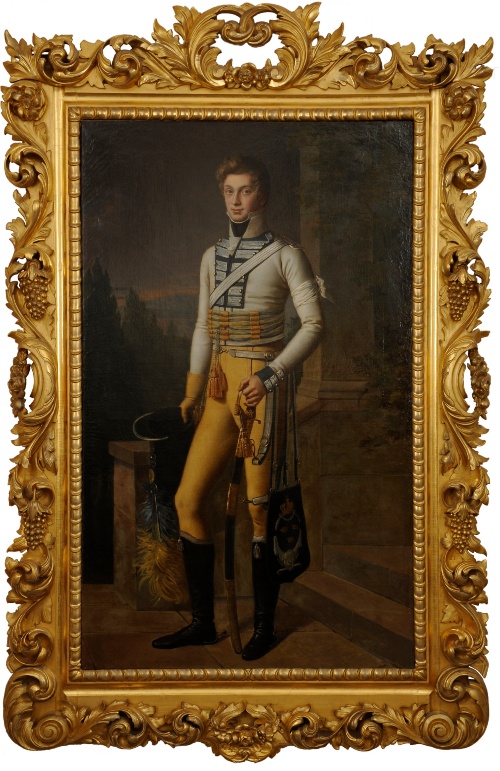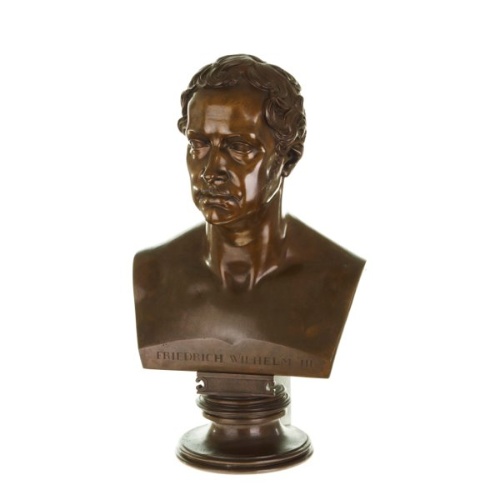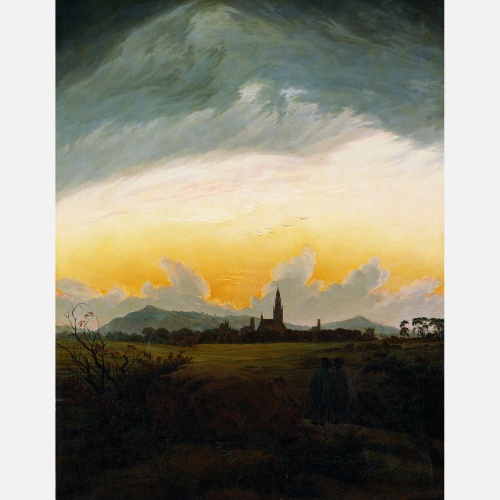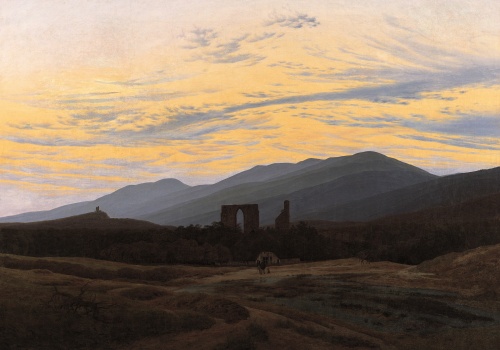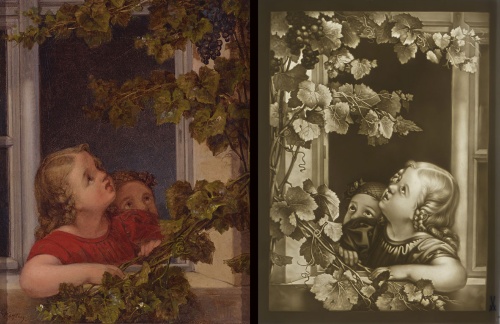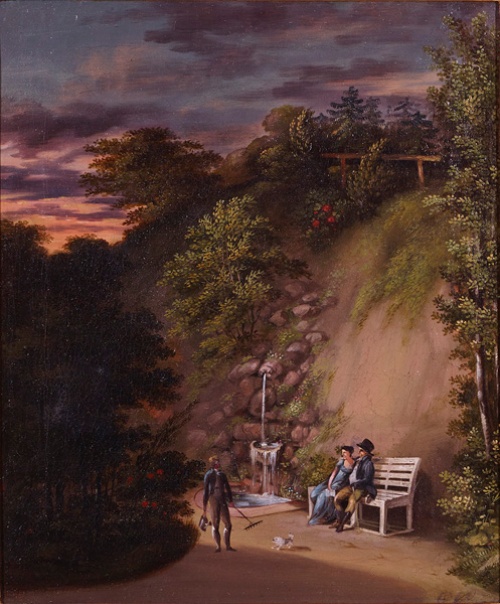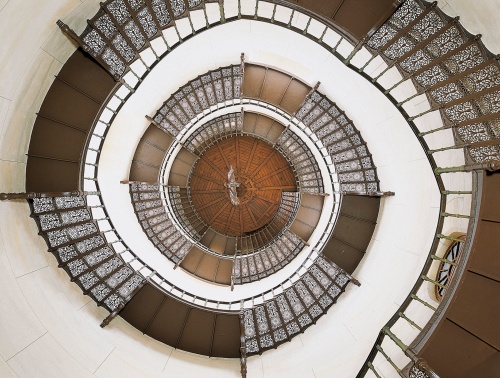After the neoclassical worship of antiquity, architecture showed a reception of the Middle Ages with neo-Gothic and Tudor adaptions. Georg Adolph Demmler influenced the new government quarter in Schwerin.
The artistic associations founded in Schwerin in 1840 and in Rostock in 1841 favoured Dutch art from the 17th and 18th century.
A regional consciousness developed in the world of literature and there was a departure from the open-minded notion of enlightenment. Its main representatives in Mecklenburg were Fritz Reuter and John Brinckman.
